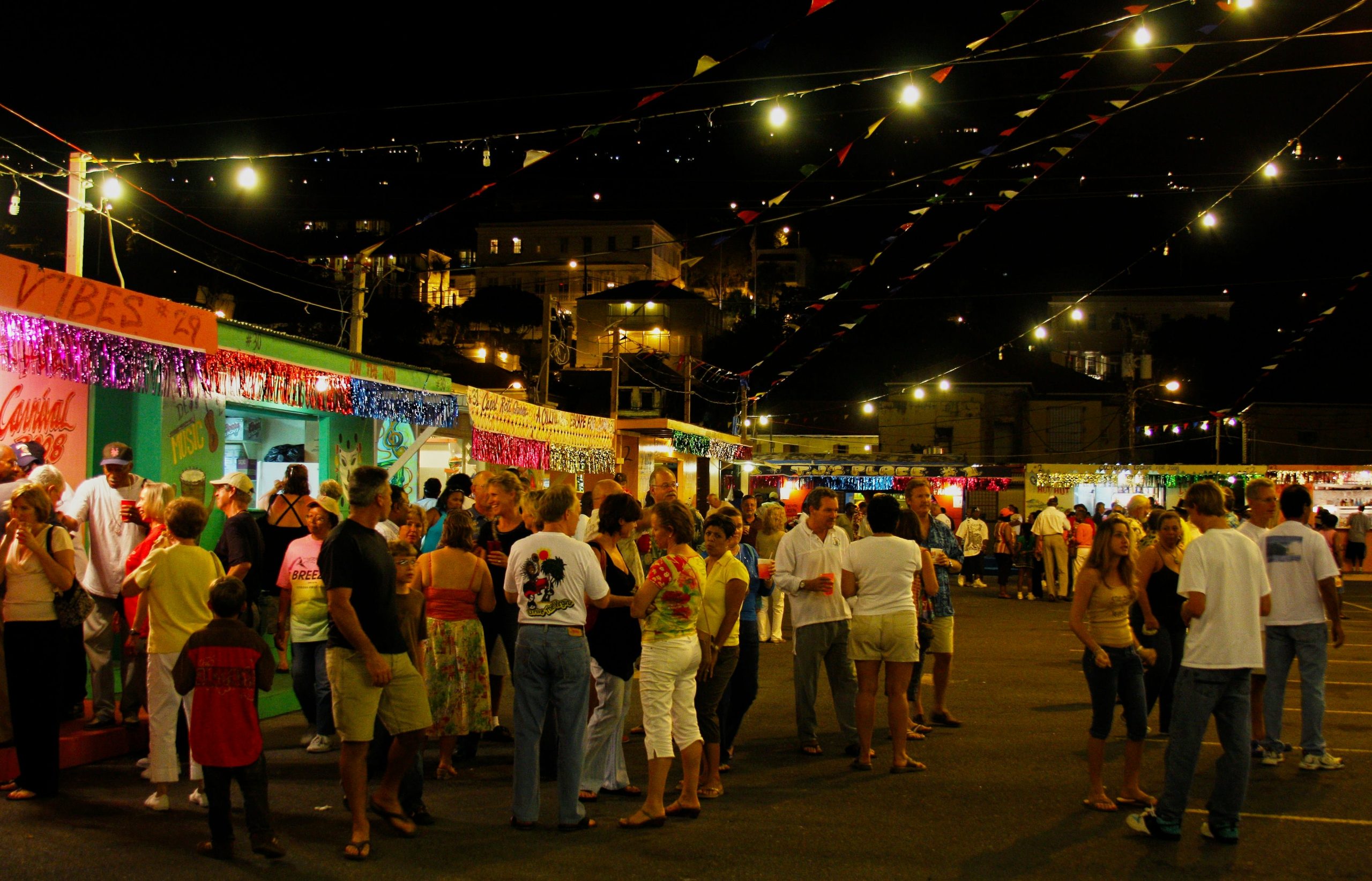Cultural Identity in Modern Toronto: A Multicultural Mosaic
Walking through Toronto on any given morning, you’ll hear Mandarin conversations mixing with Portuguese laughter, catch the aroma of Ethiopian injera from one storefront while Tamil music drifts from another. Having spent considerable time in various Toronto neighborhoods—from the bustling markets of Kensington to the vibrant strips of Little Italy and Greektown—I’ve witnessed firsthand how cultural identity in this city isn’t just preserved; it’s constantly evolving and reshaping itself.
Toronto’s approach to multiculturalism goes far beyond the typical “melting pot” metaphor. Here’s what really strikes me about this city: it’s more accurately described as a cultural mosaic where individual pieces maintain their distinct characteristics while contributing to a larger, complex picture. Recent census data reveals that over 230 different ethnicities call Toronto home1, making it one of the most diverse cities globally.
The Historical Evolution of Toronto’s Cultural Landscape
Toronto’s multicultural identity didn’t happen overnight—it’s been decades in the making. Back in the 1960s, when Canada introduced its points-based immigration system, Toronto began its transformation from a predominantly British-heritage city to something entirely different. What fascinates me about this period is how intentional much of the change was.
The implementation of official multiculturalism policy in 19712 provided the framework, but it was really the communities themselves that shaped how cultural identity would be expressed and maintained. I’ve spoken with long-time residents who remember when having a Chinese restaurant on Spadina was considered exotic. Now? You’ll find authentic regional Chinese cuisine from Sichuan to Cantonese traditions, each maintaining distinct cultural practices while adapting to Canadian contexts.
Toronto Cultural Fact
Toronto is home to the largest Italian community outside of Italy, with over 500,000 residents of Italian heritage. The annual Festa Italiana draws over 100,000 visitors, showcasing how cultural celebrations have become integral to the city’s identity.
Actually, let me step back for a moment—because the story isn’t just about policy changes. It’s about individual families making conscious decisions about which traditions to maintain, which to adapt, and which to blend with their new Canadian experience. From my conversations with community leaders across various cultural groups, there’s this recurring theme of “selective preservation” that I find compelling.
Neighborhood Cultural Dynamics and Geographic Identity
Toronto’s cultural identity plays out differently across its neighborhoods, and honestly, this is where things get really interesting from a sociological perspective. Take Little Portugal on Dundas West—it’s not just about Portuguese restaurants and shops. The community has created spaces where multiple generations gather, where language learning happens naturally, and where cultural adaptation occurs organically.
What struck me during recent visits to various cultural enclaves is how these neighborhoods function as both preservation spaces and integration hubs. In Thorncliffe Park, you’ll find one of the largest concentrations of Muslim families in the city3. The area’s community centers don’t just serve religious functions—they’re language schools, job training centers, and cultural bridges.
Key Insight: Cultural Neighborhoods as Integration Hubs
Modern Toronto’s cultural neighborhoods serve dual purposes: they provide familiar environments for newcomers while creating spaces where cross-cultural interaction happens naturally. This isn’t segregation—it’s strategic community building that benefits the entire city.
The more I explore these dynamics, the more I realize that Toronto’s approach to cultural identity challenges traditional assimilation models. Instead of expecting cultural groups to abandon their heritage, the city has developed systems that allow for what researchers call “additive integration”4—adding Canadian identity layers while maintaining core cultural connections.
| Cultural Community | Primary Neighborhoods | Community Size | Key Cultural Institutions |
|---|---|---|---|
| Chinese | Chinatown, Markham, Richmond Hill | 283,000+ | Cultural centers, language schools, traditional medicine |
| Italian | Little Italy, Woodbridge | 500,000+ | Community clubs, cultural festivals, family businesses |
| South Asian | Little India, Gerrard India Bazaar | 338,000+ | Temples, cultural associations, media outlets |
| Portuguese | Little Portugal, Kensington Market | 125,000+ | Social clubs, religious centers, traditional bakeries |
Language Preservation and Cultural Transmission
Here’s where I get particularly fascinated by Toronto’s cultural dynamics—the role of language in maintaining cultural identity. The Toronto District School Board offers Heritage Language Programs in over 60 languages5, which tells you something profound about the city’s commitment to cultural preservation.
But it’s not just institutional support that maintains linguistic diversity. Walking through Pacific Mall in Markham, you’ll hear business conducted entirely in Cantonese or Mandarin. Yet step into the adjacent Canadian Tire, and the same families switch seamlessly to English. This code-switching isn’t about exclusion—it’s about cultural flexibility that allows for authentic expression in appropriate contexts.
“Language is the road map of a culture. It tells you where its people come from and where they are going.” – Rita Mae Brown

Economic Integration and Cultural Expression
What really impresses me about Toronto’s approach to cultural identity is how economic integration and cultural preservation work together rather than against each other. The city’s ethnic economy—from Korean beauty supply stores in Koreatown to Somali money transfer services in Dixon—demonstrates how cultural knowledge becomes economic advantage.
Take the example of Toronto’s Caribbean community and their contribution to the city’s food culture. What started as family recipes shared within immigrant communities has evolved into a thriving industry that includes everything from food trucks to high-end fusion restaurants6. The annual Taste of the Caribbean festival generates millions in economic activity while celebrating cultural heritage.
- Cultural festivals contribute over $200 million annually to Toronto’s economy
- Ethnic businesses employ 35% of Toronto’s workforce across various sectors
- Cultural tourism accounts for 15% of all visitor spending in the Greater Toronto Area
- Heritage language skills provide competitive advantages in international business
- Cultural knowledge networks facilitate international trade connections
I’ve been consistently impressed by how second and third-generation entrepreneurs leverage their cultural heritage as business assets. They’re not abandoning their identity to succeed economically—they’re using cultural knowledge to create unique value propositions in the marketplace.
Second-Generation Identity Formation and Cultural Evolution
This is where things get really complex, and frankly, where I find the most compelling stories. Toronto’s second-generation immigrants—those born in Canada to immigrant parents—navigate cultural identity in ways that are uniquely modern and distinctly Toronto.
From my conversations with young adults across various cultural communities, there’s this fascinating process of “cultural curation” happening. They’re not wholesale adopting Canadian mainstream culture, nor are they simply replicating their parents’ homeland traditions. Instead, they’re creating something new—hybrid identities that feel authentically their own.
The “Third Culture” Phenomenon
Many Toronto youth describe themselves as “third culture” individuals—neither fully Canadian in the traditional sense, nor completely connected to their parents’ countries of origin. This isn’t identity confusion; it’s identity innovation that reflects Toronto’s unique multicultural environment.
Recent research from the University of Toronto indicates that 67% of second-generation immigrants maintain strong connections to their cultural heritage while fully identifying as Canadian7. This simultaneous belonging challenges older models of cultural assimilation and suggests something more sophisticated is happening in Toronto.
What strikes me most about these young people is their comfort with complexity. They’ll speak Punjabi at home, English at work, and switch to Urdu when hanging out with friends from different South Asian backgrounds. They celebrate Diwali with the same enthusiasm they show for Canada Day, seeing no contradiction in embracing multiple cultural celebrations.
- Language code-switching as a daily practice rather than a cultural compromise
- Selective cultural participation based on personal resonance rather than family obligation
- Cross-cultural dating and marriage that creates new fusion family traditions
- Professional networks that span multiple cultural communities
- Creative expression that blends traditional and contemporary Canadian influences
The creative industries particularly fascinate me in this context. Toronto’s music scene includes artists like NAV, who seamlessly blends Punjabi influences with contemporary hip-hop, or the Weeknd, whose Ethiopian heritage subtly influences his artistic expression. These aren’t token cultural references—they’re authentic expressions of complex cultural identities.
Contemporary Challenges and Future Opportunities
Let me be honest about something—Toronto’s multicultural success story isn’t without its challenges. While the city has made remarkable progress in cultural integration, issues like housing affordability, employment credential recognition, and systemic barriers still affect how cultural identity is experienced across different communities.
The COVID-19 pandemic particularly highlighted some of these disparities. Communities in neighborhoods like Thorncliffe Park and Jane and Finch—areas with high concentrations of recent immigrants and cultural minorities—experienced disproportionate health and economic impacts8. This reminded us that cultural celebration alone isn’t sufficient; we need structural support for true cultural equity.
Looking toward the future, I’m particularly optimistic about Toronto’s next phase of cultural evolution. The city is increasingly becoming a model for other urban centers grappling with diversity and integration. Municipal policies now explicitly recognize cultural communities as assets rather than challenges, leading to more inclusive urban planning and community development approaches.
The emergence of “fusion neighborhoods” also excites me—areas where multiple cultural communities coexist and create new shared traditions. In places like Kensington Market, you’ll find Tibetan prayer flags hanging above Mexican restaurants, while Portuguese bakeries share customers with Vietnamese pho shops. This isn’t cultural appropriation; it’s cultural appreciation that creates uniquely Toronto experiences.
“Toronto’s strength lies not in making everyone the same, but in creating space for everyone to be authentically themselves while building something collectively larger than any individual community could create alone.”
Conclusion: The Ongoing Evolution of Cultural Identity
After spending considerable time exploring Toronto’s cultural landscape, I’m convinced that what’s happening here represents something genuinely innovative in urban multiculturalism. The city hasn’t solved all the challenges of diversity, but it’s created frameworks that allow cultural identity to be both preserved and evolved.
What impresses me most is how organic much of this process feels. While government policies provide important support, the real work of cultural integration happens in community centers, school playgrounds, workplace lunch rooms, and neighborhood festivals. It happens when families decide which traditions to maintain, which to adapt, and which new ones to create.
Toronto’s approach to cultural identity offers lessons for cities worldwide grappling with increasing diversity. The key insight? Cultural preservation and Canadian integration aren’t opposing forces—they can be mutually reinforcing when communities have the space and support to navigate their own identity formation processes.
As Toronto continues to grow and welcome new communities, its cultural mosaic will undoubtedly continue evolving. The city’s success in managing cultural diversity while maintaining social cohesion suggests a model that other urban centers would do well to study and adapt to their own contexts.
References



